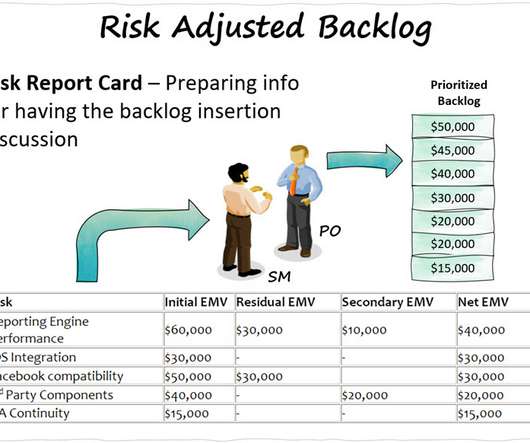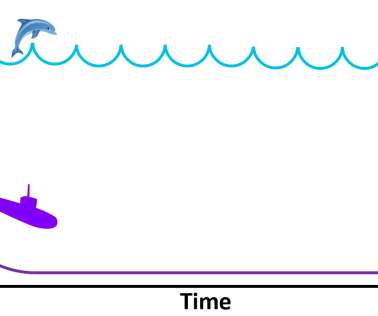Comparing Nexus and SAFe - Similarities, Differences, potential synergies
Scrum.org
JANUARY 14, 2021
The Nexus group of teams is very similar to the Agile Release Train (ART) construct. In both SAFe/Scrum it is a self-managing team of self-managed teams with a couple of key roles at the team of teams level. . Lean/Agile Leadership. Nexus Integration Team (NIT) - System Team. Nexus - ART.

















Let's personalize your content